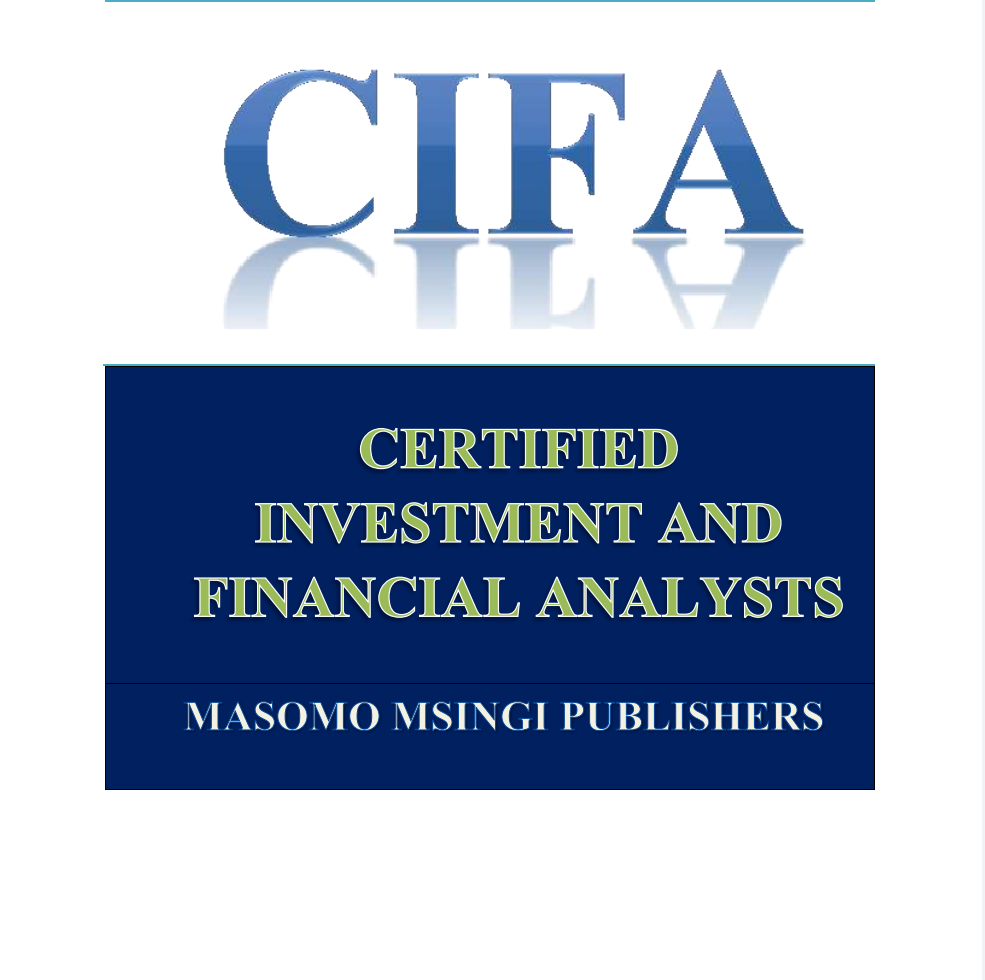In addition to normal business and financial risk, companies face extra risks connected with trading and investing overseas. These risks can be separated into political risk and foreign exchange risk.
Political risk (also known as country risk) includes the problems of managing subsidiaries geographically separated and based in areas with different cultures and traditions, and political or economic measures taken by the host government affecting the activities of the subsidiary. Whilst a host country will wish to encourage the growth of industry and commerce within its borders, and offer incentives to attract overseas investment (such as grants), it may also be suspicious of outside investment and the possibility of exploitation of itself and its population. The host government may restrict the foreign companies’ activities to prevent exploitation or for other political and financial reasons. Such restrictions may range from import quotas and tariffs limiting the amount of goods the firm can either physically or financially viably import, to appropriation of the company’s assets with or without paying compensation. Other measures include restrictions on the purchasing of companies, especially in sensitive areas such as defense and the utilities -such restrictions could be an outright ban, an insistence on joint ventures or a required minimum level of local shareholders. In order to prevent the “dumping” of goods banned elsewhere (e.g. for safety reasons) a host government may legislate as to minimum levels of quality and safety required for all goods produced or imported by foreign companies. Host governments, particularly in developing and underdeveloped countries, may be concerned about maintaining foreign currency reserves and preventing a devaluation of their national currency. In order todo this they may impose exchange controls. This is generally done by restricting the supply of foreign currencies -thus limiting the levels of imports and preventing the repatriation of profits by MNCs by restricting payments abroad to certain transactions. This latter method often causes MNCs to have funds tied up unproductively in overseas countries.
Foreign Exchange or Currency Risk
Exchange rate risk applies in any situation where companies are involved in international trade. It arises from the potential for exchange rates to move adversely and, thereby, to affect the value of transactions or assets denominated in a foreign currency. There are three main types of exchange rate risk to which those dealing overseas (importers, exporters, those with overseas subsidiaries or parents, and those investing in overseas markets) may be exposed.
a) Transaction exposure
This occurs when trade is denominated in foreign currency terms and there is a time delay between contracting to make the transaction and its monetary settlement. The risk is that movements in the exchange rate, during the intervening period, will increase the amount paid for the goods/services purchased or decrease the value received for goods/services supplied.
(b) Translation exposure
This arises where balance sheet assets and liabilities are denominated in different currencies. The risk is that adverse changes in exchange rates will affect their value on conversion into the base currency. Any gains or losses in the book values of monetary assets and liabilities during the process of consolidation are recorded in the profit and loss account. Since only book values are affected and these do not represent actual cashflows, there is a tendency to disregard the importance of translation exposure. This is, though, a false assumption since losses occurring through translation will be reflected in the value of the firm, affecting the share price and hence, shareholders’ wealth and perceptions among investors of the firm’s financial health.
(c) Economic exposure
This refers to changes in the present value of a company’s future operating cash flows, discounted at the appropriate discount rate, as a result of exchange rate movements. To some extent, this is the same as transaction exposure, and the latter can be seen as a sub-set of economic exposure (which is its long term counterpart). However, economic exposure has more wide ranging effects. For example, it applies to the repatriation of funds from a wholly-owned foreign subsidiary where the local currency falls in value in relation to the domestic currency of the holding company. It can also affect the international competitiveness of a firm -for example, a UK company purchasing commodities from Germany and reselling them in China would be affected by either a depreciation (loss of purchasing power) of sterling against the Euro and/or an appreciation of Yuan. It can also affect companies who are not involved in international trade at all. Changes in exchange rates can impact on the relative competitiveness of companies trading in the domestic market visa-a-vise overseas companies when imports become cheaper. Thus, reduced operating cashflows may be a consequence of a strengthening domestic currency -a situation which has affected UK companies in the late 1990s.The management of exchange rate risk will involve hedging against adverse movements in order to contain the extent of any exposure. At the operating level, the focus of attention is primarily on managing the exposure caused by transaction and economic risk, both essentially being underpinned by cashflows. The techniques which we shall examine in the following sections, then, relate essentially to these aspects of exposure, with the greater emphasis on transaction exposure
As with managing interest rate risk, these techniques fall into two categories:
- Internal, or natural, techniques -those which are effected entirely by the financial organization and structure of the company itself; and
- External, or transactional, techniques -those using the range of derivative instruments which are effected by the use of third party services, such as banks and specialist exchanges.
Although both types of technique provide effective means of covering the exposure, certain external techniques offer the possibility of taking advantage of favorable movements in exchange rates to generate profits.
